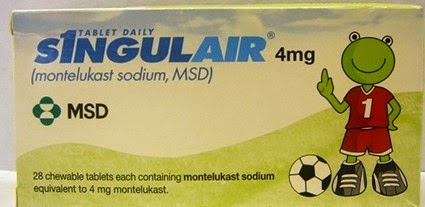As regular readers of this blog will know, the questions referred by the Oberlandesgericht Wien in Seattle Genetics relate to the issue of whether longer term should be awarded to certain SPCs by relying upon the date of notification of a “centralised” Marketing Authorisation instead of the (earlier) date of the European Commission’s decision to issue the Authorisation.
 Mike’s article discusses and analyses the questions referred to the CJEU and highlights potential problems with regard to the framing of those questions. In an attempt to clear away any confusion that could be caused by the manner in which the questions referred have been framed, Mike presents an alternative question that is more precisely adapted to the facts underlying Seattle Genetics. He concludes by expressing the hope that the CJEU decides to answer such an alternative question, and by outlining reasons why, in his view, that alternative question should be answered in favour of using the date of notification for “centralised” MAs.
Mike’s article discusses and analyses the questions referred to the CJEU and highlights potential problems with regard to the framing of those questions. In an attempt to clear away any confusion that could be caused by the manner in which the questions referred have been framed, Mike presents an alternative question that is more precisely adapted to the facts underlying Seattle Genetics. He concludes by expressing the hope that the CJEU decides to answer such an alternative question, and by outlining reasons why, in his view, that alternative question should be answered in favour of using the date of notification for “centralised” MAs.






























